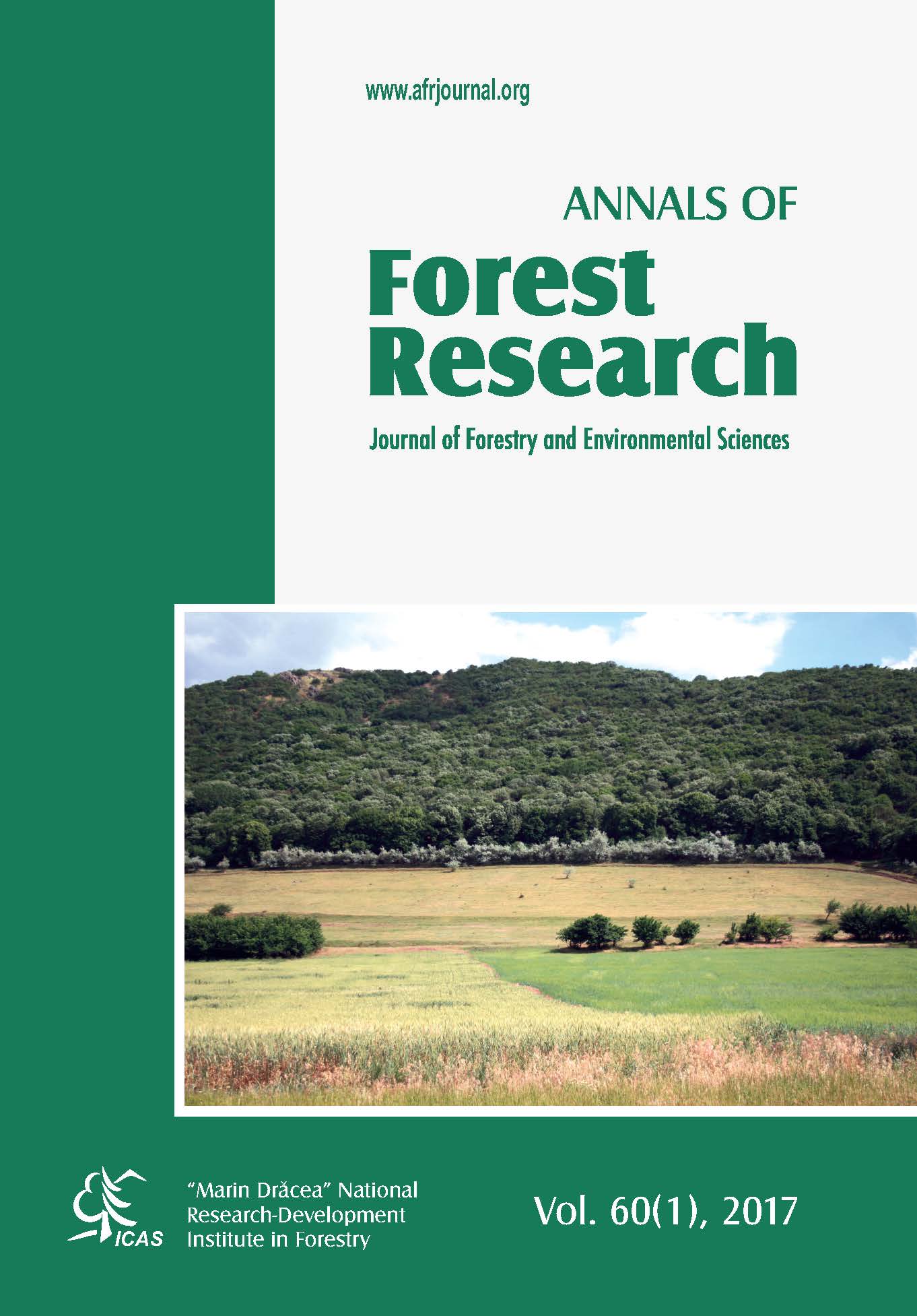Airborne lidar remote sensing applications in non-forested short stature environments: a review
DOI:
https://doi.org/10.15287/afr.2016.719Keywords:
airborne lidar, short stature vegetation, terrain, errors and accuraciesAbstract
Lidar (light detection and ranging) remote sensing technology provides promising tools for 3D characterization of the earth's surface. In ecosystem studies, lidar derived structural parameters relating to vegetation and terrain have been extensively used in many applications and are rapidly expanding. Yet, most of the lidar applications have focused on tall, woody vegetation in forested environments and less research attention is given to non-forest, short stature vegetation dominated ecosystems. Similar to the lidar developments in forestry, novel methodological approaches and algorithm developments will be necessary to improve estimates of structural and biophysical properties (i.e. biomass and carbon storage) in non-forested short stature environments. Under changing climate scenarios, the latter is particularly useful to improve our understanding of their future role as terrestrial carbon sinks. In an attempt to identify research gaps in airborne lidar remote sensing application in short stature vegetation studies, in this review article we provide a comprehensive overview on the current state of airborne lidar applications. Our focus is mainly on the levels of accuracies and errors reported, as well as the potentials and limitations of the methods applied in these studies. We also provide insights into future research needs and applications in these environments.Published
Issue
Section
License
All the papers published in Annals of Forest Research are available under an open access policy (Gratis Gold Open Access Licence), which guaranty the free (of taxes) and unlimited access, for anyone, to entire content of the all published articles. The users are free to "read, copy, distribute, print, search or refers to the full text of these articles", as long they mention the source.
The other materials (texts, images, graphical elements presented on the Website) are protected by copyright.
The journal exerts a permanent quality check, based on an established protocol for publishing the manuscripts. The potential article to be published are evaluated (peer-review) by members of the Editorial Board or other collaborators with competences on the paper topics. The publishing of manuscript is free of charge, all the costs being supported by Forest Research and Management Institute.
More details about Open Access:
Wikipedia: http://en.wikipedia.org/wiki/Open_access






